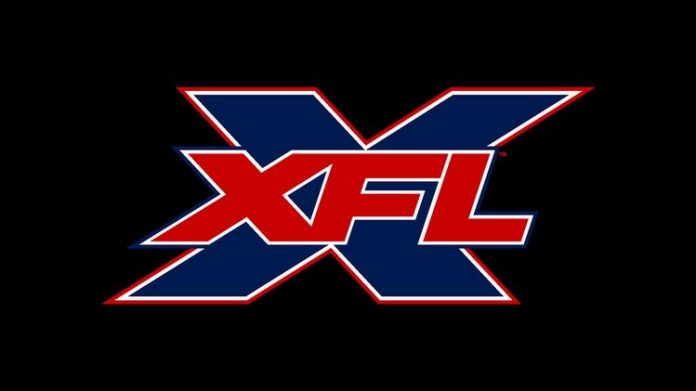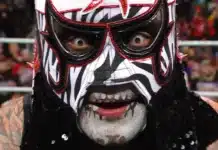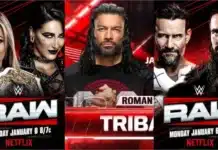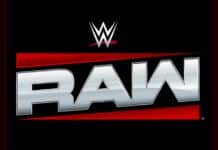
Earlier today, I was very surprised to hear Trey Wingo from ESPN’s Golic and Wingo mention that the network along with Fox reached a deal to broadcast XFL games for the league’s relaunch in February of next year. Oliver Luck, former quarterback drafted by the Houston Oilers in 1982 and adviser in a variety of sports roles over the years, signed as the commissioner of the XFL last year. Oliver Luck appeared on the program to discuss the TV announcement, but was very vague when asked about the possibilities of the spring league, especially after the abrupt collapse of the Alliance of American Football organization just last month.
As accomplished as Oliver Luck is as an executive in sports, his lack of any specific answers doesn’t exactly create a sense of optimism around the XFL revival. On the surface, a TV deal under the ABC umbrella and its bundle of networks that is complimented by the Fox stations as well, sounds like a very good indication for the league. However, the reality is, that distribution is only one piece of a very complex puzzle, something that puts the success of another McMahon football project in doubt.
I penned an article last year prior to the announcement of the XFL return, and explained the various aspects of why there wasn’t any reason to expect a different result for this league in 2020 than the season of 2001. If anything, the AAF disaster is more proof that any secondary football product won’t get off the group in the United States. Most importantly, the brand identity is possibly the biggest key to success in terms of national sports. Football is generally considered the most popular sport in America and the NFL is the top league of that sport so if fans want to watch football, the NFL is regarded as the elite product in that genre. On the flip side, the XFL is only known for being one of the biggest flops in sports history. How exactly will Oliver Luck or Vince McMahon change that image before the start of the 2020 season? Keep in mind, there are still very few details about the actual league, the game play, or the players. Speaking of which, similar to any other business, much of the NFL’s success is built upon star players so who will bring star power to the XFL?
Just a few months ago, Vince McMahon sold nearly $300 million in WWE stock to set up a way to fund the football project, and while that is a major amount of money, is it realistically enough to fund an entire league? Unless McMahon gets a decent amount of cash from the previously mentioned networks for the rights to broadcast the games, which doesn’t seem possible given the only track record the brand has is as a ratings disaster, he might have to invest even more money to fund at least the initial season. Remember, Vince has to pay the players, coaches, production costs, stadium costs, and advertisement just to launch the league.
These newly announced TV contracts give the XFL main stream distribution, but again, this scenario is a complex situation and the TV side is just a part of the presentation. With Dallas, Houston, Los Angeles, New York, St. Louis, Seattle, Tampa, and Washington DC listed as host cities, management will have to find a way to draw live attendance. All things considered, will those markets be a draw for spring football?
The Dallas and Houston teams will use smaller stadiums than the NFL with 25,000 and 40,000 seats in those venues respectively. However, both cities have well-established NFL and college football fan bases so what’s the market for an XFL franchise? The Los Angeles group will use the LA Galaxay’s soccer stadium to host games with a 27,000 seat venue. Again, LA has two NFL teams, so where’s the demand for another football organization in a non-traditional football city? New York was one of the original XFL locations and might be able to generate some buzz, simply because the population makes it easier to draw more fans, but Met life Stadium has over 80,000 seats so even decent live attendance could look empty on TV.
St. Louis might be the best host city for the league because the Rams moved to the previously mentioned LA, and the XFL franchise could be branded as the city’s team. Similar to that, Tampa By might be a surprising market for the league since the Buccaneers finished with a dismal 5-11 record last year so perhaps, the XFL Tampa Bay group could draw if it’s a winning team. Washington DC might also be a draw in a similar fashion. Seattle is a city loyal to the Seahawks so it’s doubtful another football team will generate attendance there. That said, at best, the XFL might garner live attendance in half of its city, but what about the rest of the schedule? The optics of potentially empty stadiums isn’t a good indication for the league.
All things considered, even a year into the process, there’s still not any reason to expect the XFL in 2020 to get off the ground. In many respects, the XFL is still a tarnished brand known more for its infamous decline than anything else. Aside from the vague statements from Vince McMahon and Oliver Luck, is there any indication that this will be anything more than a secondary league with secondary players? What’s the draw to watch the XFL? The bottom line is the XFL could air on several channels, but there has to be a reason for fans to watch the product.
What do you think? Comment below with your thoughts, opinions, feedback and anything else that was raised.
Until next week
-Jim LaMotta
E mail [email protected] | You can follow me on Twitter @jimlamotta







